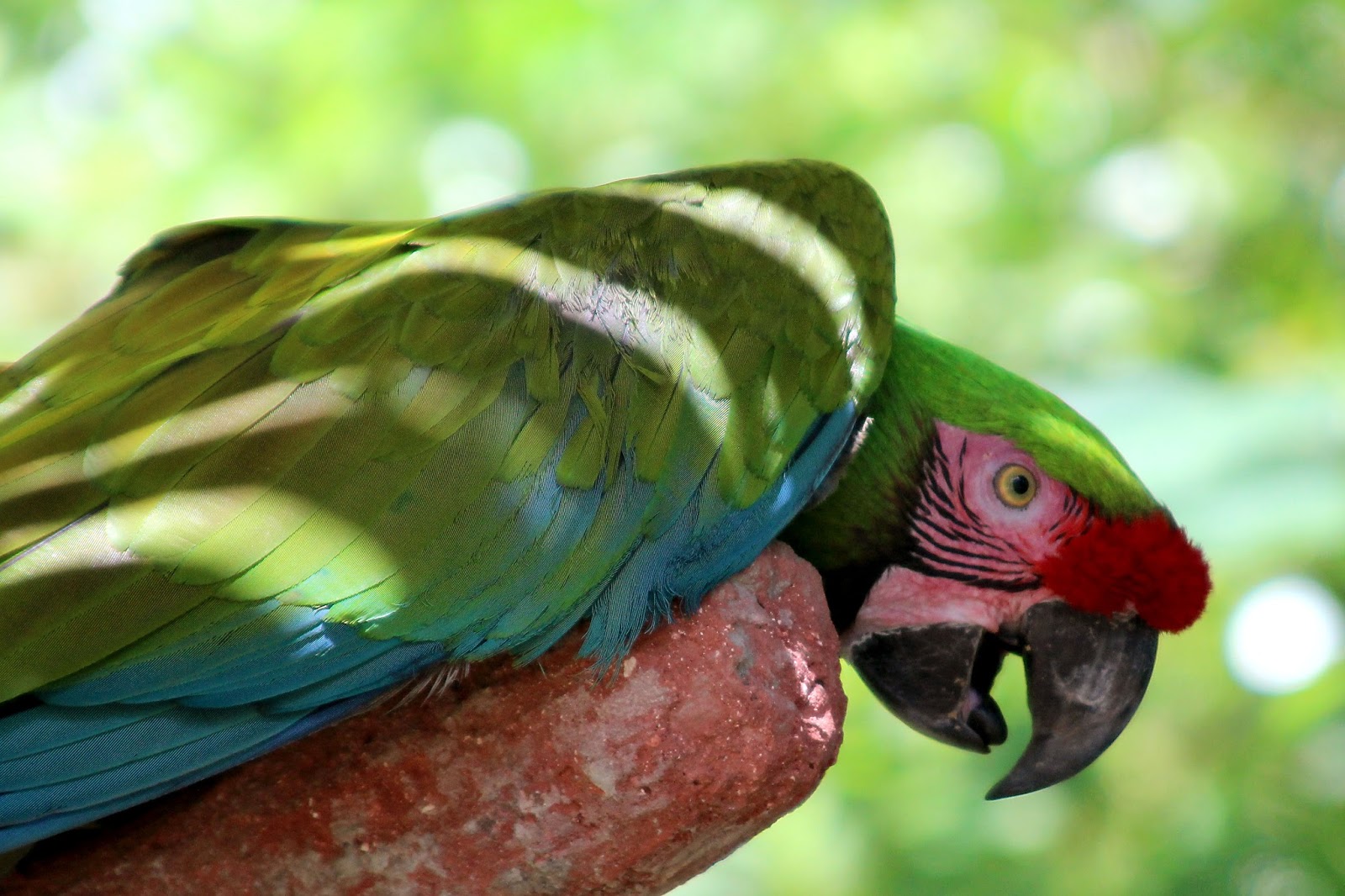Reinbeck, Iowa
Tuesday, September 30, 2014
Friday, September 26, 2014
Depth of Field
 |
| Front focus with lowest f-stop ISO- 400 SS- 250 FStop- 5.0 |
 |
| Front focus with middle f-stop ISO- 1600 SS- 100 Fstop- 18.0 |
 |
| Front focus with highest f-stop ISO- 1600 SS- 30 Fstop- 32.0 |
 |
| Mid focus with lowest f-stop ISO- 400 SS- 200 Fstop- 5.0 |
 |
| mid focus with middle f-stop ISO- 1600 SS- 50 Fstop- 20.0 |
 |
| mid focus with highest f-stop ISO- 1600 SS- 30 Fstop- 32.0 |
 |
| Back focus with lowest f-stop ISO- 400 SS- 200 Fstop- 5.0 |
 |
| back focus with middle f-stop ISO- 1600 SS- 60 Fstop- 20.0 |
 |
| back focus with highest f-stop ISO- 1600 SS- 25 Fstop- 32.0 |
Wednesday, September 24, 2014
Thursday, September 18, 2014
File Format
1. Which file formats discussed have you used in the past?
JPEG, BMP, PNG, PSD
2. What is the difference between a Raster and a Vector file?
Raster: the data describes the characteristic of each individual pixel
Vector: a geometric description which can be rendered smoothly at any desired display size.
The most common file formats we will use in class are .jpeg, .tiff, .psd, and either .dng (Canon) or .nef (Nikon)
Look up each and answer the following questions for each:
1. Is this format lossy or lossless?
JPEG- lossy
TIFF- lossy and lossless
PSD- lossy
DNG- lossless
2. What are common uses for each? By this I mean where would I publish each of them for the highest quality.
JPEG- mostly for web
TIFF- printing business
PSD- used in special effects
DNG- billboards and blown up pictures
3. Can you create this type of file in your camera?
JPEG- yes
TIFF- some cameras support this file
PSD-no
DNG- depends, most DSLR can but other like point and shoots cannot
JPEG, BMP, PNG, PSD
2. What is the difference between a Raster and a Vector file?
Raster: the data describes the characteristic of each individual pixel
Vector: a geometric description which can be rendered smoothly at any desired display size.
The most common file formats we will use in class are .jpeg, .tiff, .psd, and either .dng (Canon) or .nef (Nikon)
Look up each and answer the following questions for each:
1. Is this format lossy or lossless?
JPEG- lossy
TIFF- lossy and lossless
PSD- lossy
DNG- lossless
2. What are common uses for each? By this I mean where would I publish each of them for the highest quality.
JPEG- mostly for web
TIFF- printing business
PSD- used in special effects
DNG- billboards and blown up pictures
3. Can you create this type of file in your camera?
JPEG- yes
TIFF- some cameras support this file
PSD-no
DNG- depends, most DSLR can but other like point and shoots cannot
Tuesday, September 16, 2014
Composition using my photos
Lossy versus Lossless
Advantage of RAW: Higher in dynamic range, complete data from the camera's sensor, and uncompressed.
Disadvantage of RAW: not as sharp
Advantage of JPEG: Higher in contrast, sharper, and immediately suitable for printing.
Disadvantage of JPEG: Lower in dynamic range
1. Under the first heading "Capturing the Images," how much of the data does a RAW file retain after it is captured by the camera?
It captures all the data
2. Under the second heading "Processing the Files," what are some of the things that a RAW file enables a photographer to edit after the image is taken?
white balance, contrast, highlights, shadows, colors and saturation
3. Under the third heading "Practicalities," what are some of the factors that photographers must consider when deciding to shoot in RAW?
not every camera will shoot in RAW and RAW files are larger so there won't be as much space on the memory cards.
4. Under the fourth heading "Which one is for you?" why would an aspiring professional photographer need to know how to work with RAW files?
It gives you more flexibility and processing options. Editing is important for the future.
Wednesday, September 10, 2014
Sunny 16
Soft Shadow with Dark Shade Lighting
Fstop-5.6
ISO-800
SS-160
Fstop-5.6
ISO-800
SS-80
Fstop-5.6
ISO-800
SS-320
Fstop-5.6
ISO-800
SS-50
Subscribe to:
Comments (Atom)








































